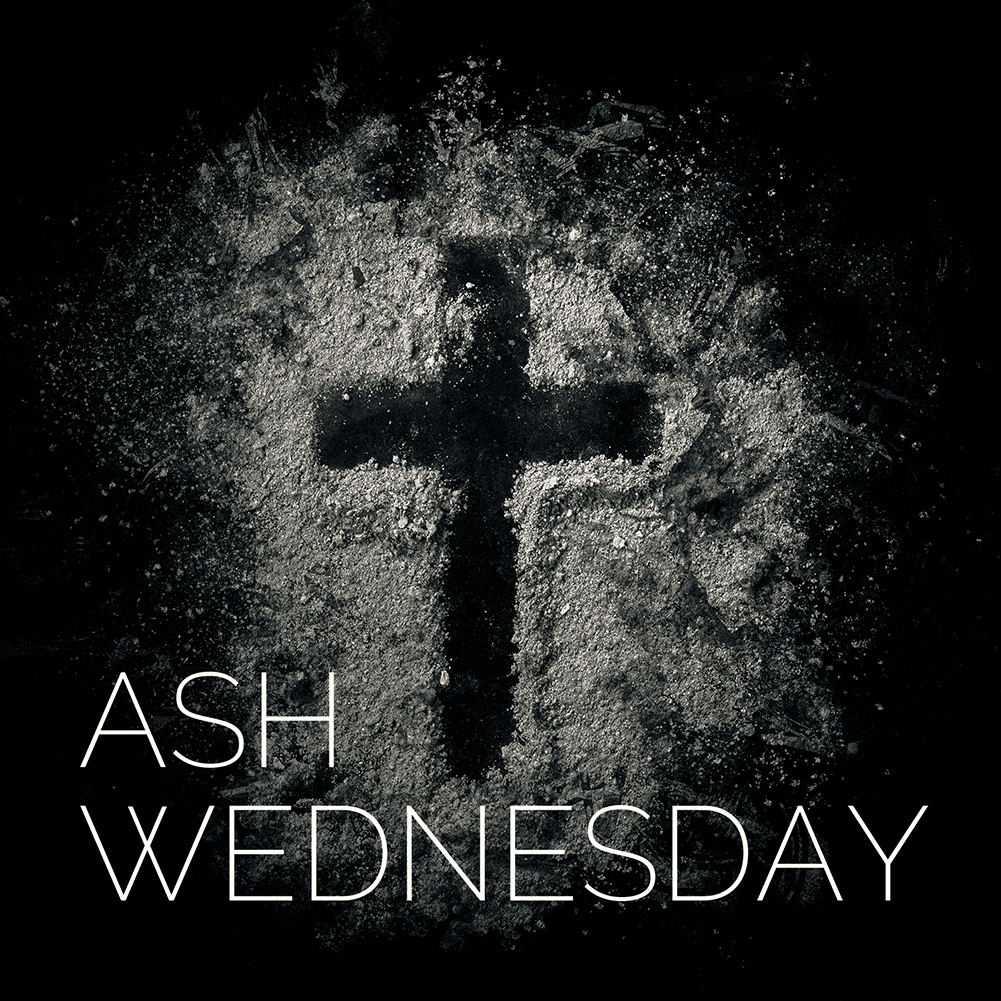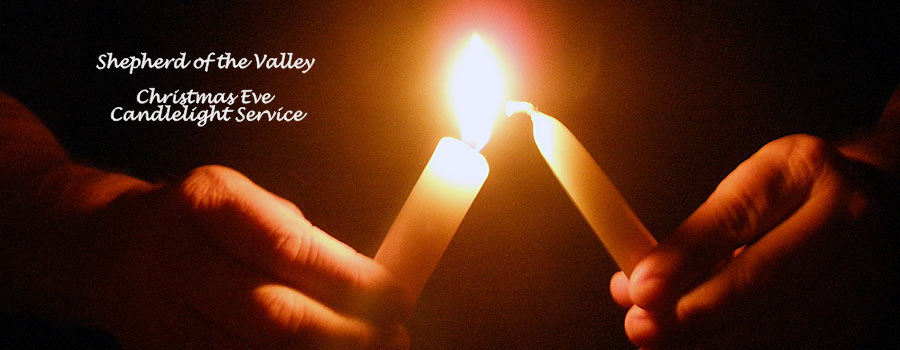
- This event has passed.
Ash Wednesday
February 14, 2024

The Administration of Ashes The association of ashes with repentance goes back over 3000 years and is mentioned frequently in Scripture (Joshua 7:6, Samuel 4:12, 2 Samuel 1:2 & 15:32, Job 2:12 and 16:15, Jeremiah 25:34, Lamentations 2:10, Ezekiel 27:30, Jonah 3:6, etc.). The Christian practice of administering ashes as a symbol of repentance is first mentioned 110 AD, making it one of the oldest-known customs in all of Christianity. The Church Season of Lent is a season of repentance and so understandably, the association with ashes became especially strong during Lent. By the 12th Century, the first day of Lent always included the imposition of ashes – made in the Sign of the Cross to remind us that those sins are forgiven in the Cross of Christ and to remind us of our Baptism, where we also received forgiveness and the Sign of the Cross was also made on our forehead. This custom of administering ashes on this day was so foundational that by the late middle ages, the day became universally known as “Ash Wednesday.” The ancient custom has two important meanings: We are sinful, unclean, and worthy of death (“to ashes you shall return”, Genesis 3:19), but we have forgiveness of sins in the precious Cross of Christ (the imposition is made in that Sign, also reminding us of our Baptism when the Sign of the Cross was also made on our forehead, assuring us of forgiveness that is ours in Christ). It is thus a symbol of both repentance and faith, of contrition and absolution, of the death we deserve and the life we received and continue to receive by grace.



